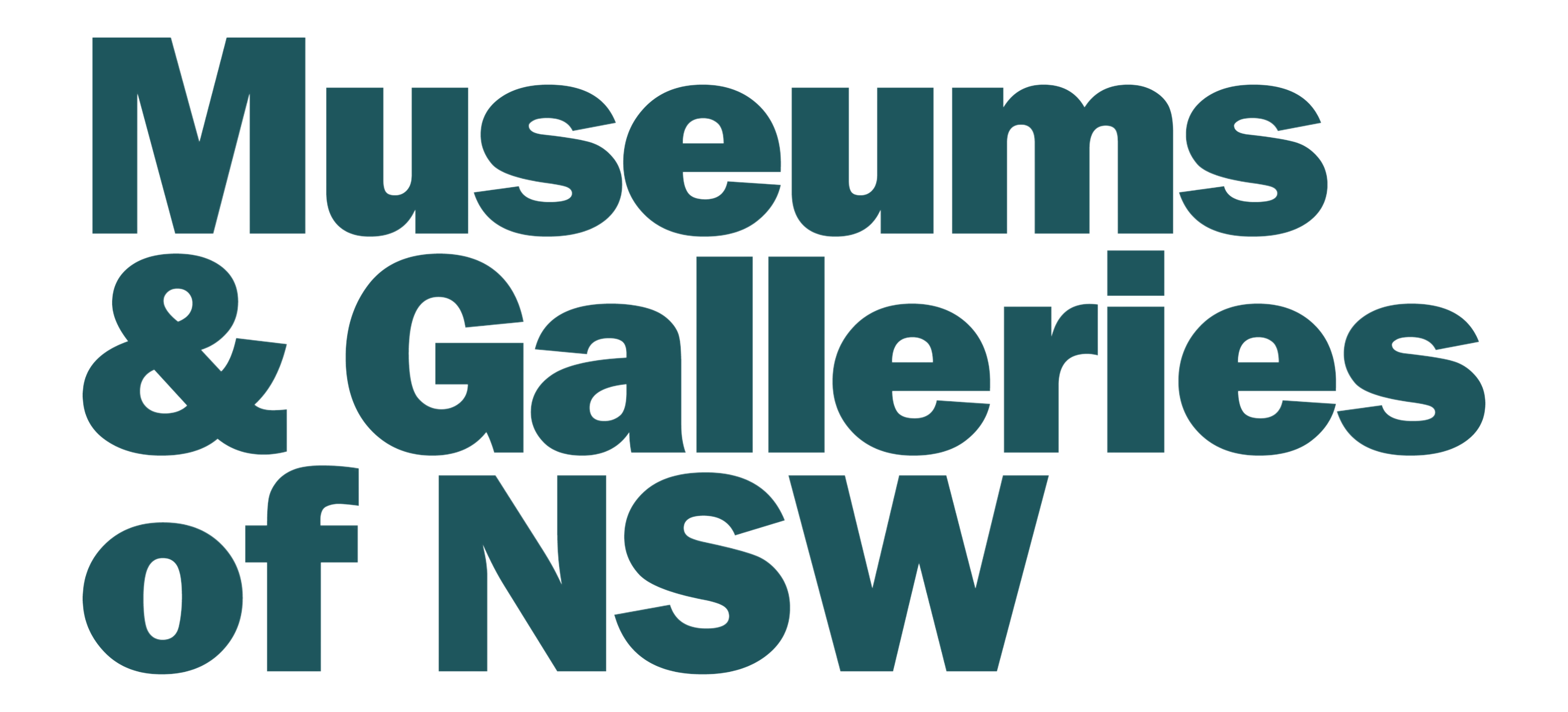Risk management
Risk management involves the identification, measurement, control and minimisation of risks within your organisation. It is a process that requires ongoing monitoring and evaluation. The purpose of risk management is to make the museum, gallery or keeping place a safe place to work in and visit. It is an essential decision-making tool for managing risks to health, the environment and the collections.
Risk management is used in preparing:
- Risk management plans for school excursions
- Disaster response and recovery plans
- Business continuity plans
- Security strategies
- Hazard management plans
- Building maintenance plans
- Preservation plans
Areas of museum practice that involve risk can be considered under the following categories:
- Injury
- Financial loss/fraud
- Collection
- Work capability
- Reputation
You might also like …
Volunteering Australia has prepared an excellent publication, Running the Risk? Risk Management Tool for Volunteer Involving Organisations, which can be downloaded from their website at:
Susanna Hillhouse, Assess and manage risk in collections care, Norfolk Museum and Archaeology Service, 2012
Risk Awareness Profiling Tool (RAPT)
Safe Work Australia, Managing Risks to Health and Safety at the Workplace, 2012
Good not-for-profit risk management will be rewarded – Institute of Community Directors Australia
https://www.communitydirectors.com.au/articles/good-not-for-profit-risk-management-will-be-rewarded
